HAPPY NEW YEAR 2017!!
This is part 2 in my series about reducing heat loss in my Vanagon Westfalia. In this installment, I show the affects of insulation along the sidewalls of our pop-top tents. If you haven’t read PART 1 of this series then check it out here: VW Vanagon Westfalia Pop-Top – Reducing Heat Loss – Part 1- Roof.
I did this test on the evening of December 31st, 2016. I started with all my tent insulation in place. With each successive test, I removed a layer of insulation. In addition, I waited about an hour after removing a layer of insulation before taking the next set of test pictures. i figured this would be enough time for the new configuration to stabilize and provide accurate temperature readings.
Like I mentioned in part 1, I have two layers of insulation along the pop-top tent walls. First, I have Fancher’s Pop-Top Thermals (R8) snapped into place. Next, I have that sandwiched between the tent wall and a layer of Reflectix you see in the picture below.
First, I took some baseline temperature readings. The temperature inside the unheated barn tonight, as measured from the inside of the insulated barn door, was 29.4 degrees Fahrenheit:
The temperature of the floor was 32.2 degrees Fahrenheit:
The temperature inside the van was about 70 degrees Fahrenheit:
Here is a series of images taken from the tent interior. As you’ll see, the temperature loss with each layer of insulation that is removed is pretty significant.
In the first image below, you can see that the INTERIOR tent wall (the Reflectix) is 71.4 degrees Fahrenheit. My temp reading at counter height was 70 degrees (see above), so the current insulation configuration is doing a really good job of keeping the heat in. It’s warmer up higher in the cabin, as one would expect if you’re insulated properly. Warm air rises! I have a couple of fans in the cabin, which circulates the air, and helps with keeping a consistent temp from top to bottom. If I didn’t have the fans, i think my reading would have been higher for this image.
Next, I removed the Reflectix and left the Fancher’s product in place. Here’s what it looks like installed (Looks so nice! Quilted! So cozy!):
Here’s a thermal imaging picture showing a temperature of 64.5 degrees Fahrenheit with just the Fancher’s product in place. As you can see, the temperature has dropped about 7 degrees without the Relectix in place, despite the baseline cabin temperature still being 70 degrees. This is still really good, considering it was about 30 degrees Fahrenheit in the barn.
Next, I removed all the insulation from the tent. Here’s a picture (brrr!):
With no tent insulation, and my baseline temperature at counter height still at 70 degrees, the temperature reading of the tent wall ranged from 51 to 52 degrees Fahrenheit. That’s a 12-13 degree drop from the last temperature reading, and about a 20 degree drop from the first reading. Wow! I guess it shouldn’t be surprising, but wow! Here are a couple of pictures:
Here are some additional pictures showing the EXTERIOR temperatures of the tent walls. Remember, it’s about 30 degrees Fahrenheit in the barn. I’m not quite sure why the temperature change from each image to the next isn’t as dramatic as the interior temperature readings, but there is definitely a difference.
First, with all insulation layers in place, my temperature reading was 34.2 degrees Fahrenheit:
Next, with the Reflectix removed, the temperature is 37.6 degrees Fahrenheit (a 3.4 degree difference):
Finally, with no insulation. The temperature reading is 43 degrees Fahrenheit:
Conclusion
Like in part 1 of this series, I learned a lot from this test. The insulation dramatically helps with keeping the heat in. That 2nd layer of Reflectix helps a lot too! I think in the end, if I’ll be camping for a couple days at a time in the winter, then the Fancher’s R8 thermals are more than enough. I guess that decision would depend on the outside temperature too. If it’s in the single digit temperatures, as it often is in Michigan, then I’d probably opt for both layers. The Fancher’s thermals are not cheap, but they’re extremely well made, look fantastic, are easy to snap into place, and fold up nicely into their own storage bag. The Reflectix works well too, but just isn’t aesthetically pleasing for the inside of the camper, and doesn’t fold up quite as nice. For some, that may not matter and it’s certainly a much less expensive alternative if all one cares about is keeping warm. If you’re living in your van, or camping for longer periods of time, I’d highly recommend the extra layer of insulation (Reflectix in my case) as it really does help things out. I know one thing… With each layer of insulation, my heater ran much less and didn’t have to work nearly as hard. With no insulation, the heater NEVER shut off and worked hard to keep up with the heat loss.
NOTE: As I was writing the conclusion, I thought of one more test that I should have done. I should have tested with just the layer of Reflectix installed. This isn’t all that important to me, as I love my thermals from Fanchers, but it may be helpful to someone else. Stay tuned for that in another blog post! Thanks for reading!
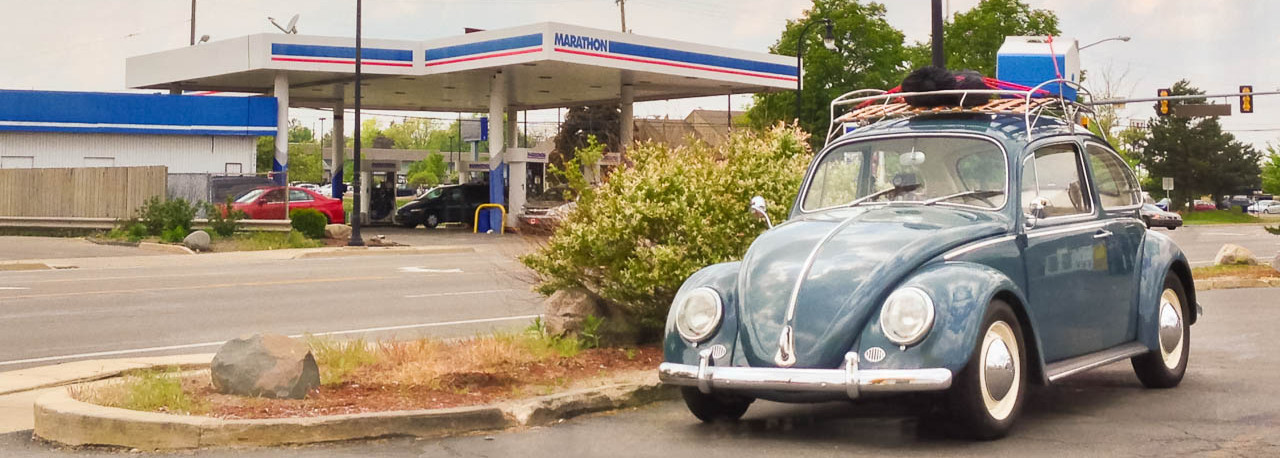
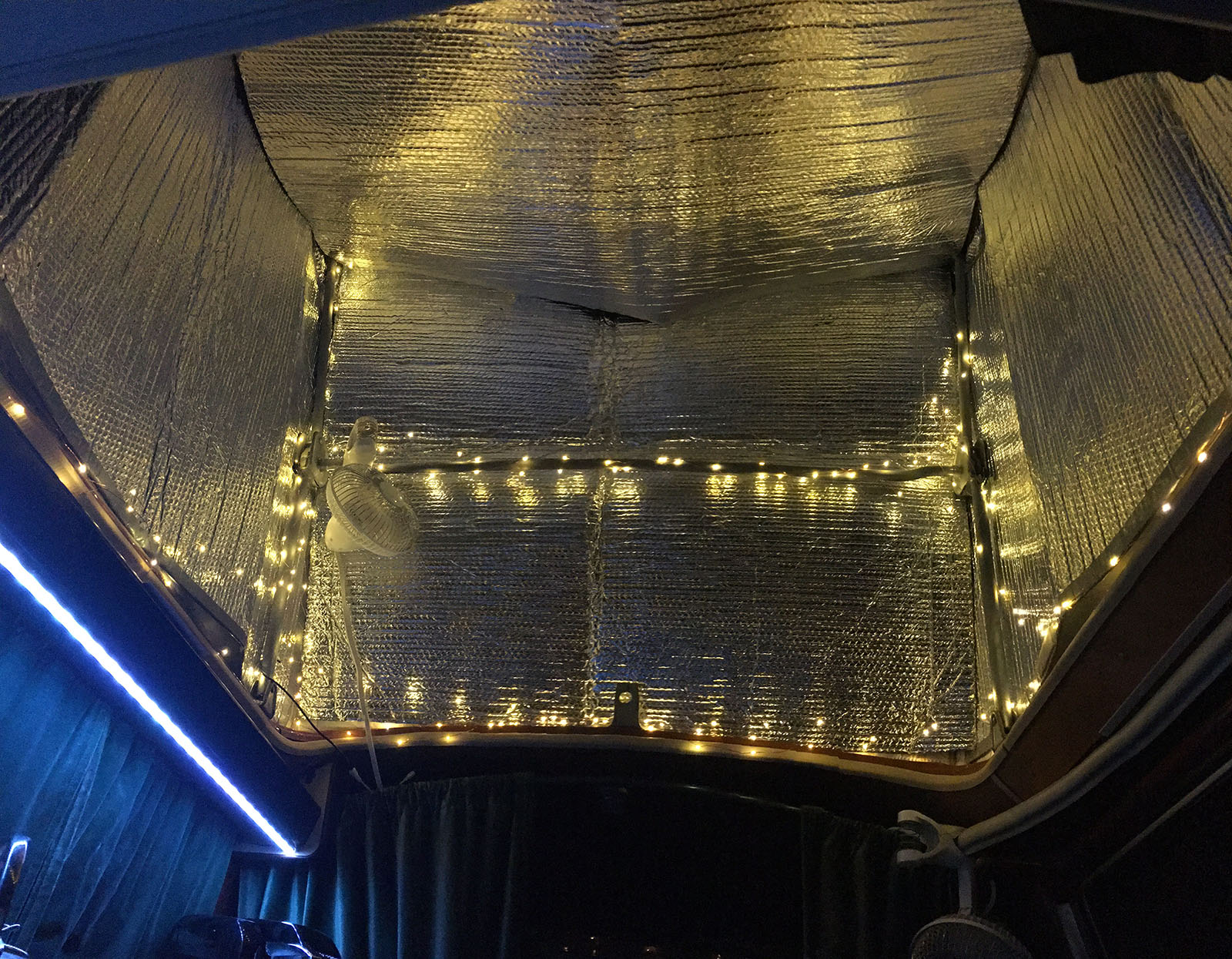
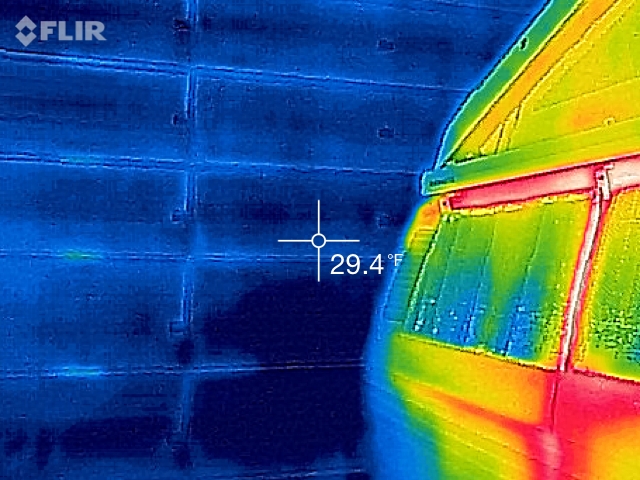
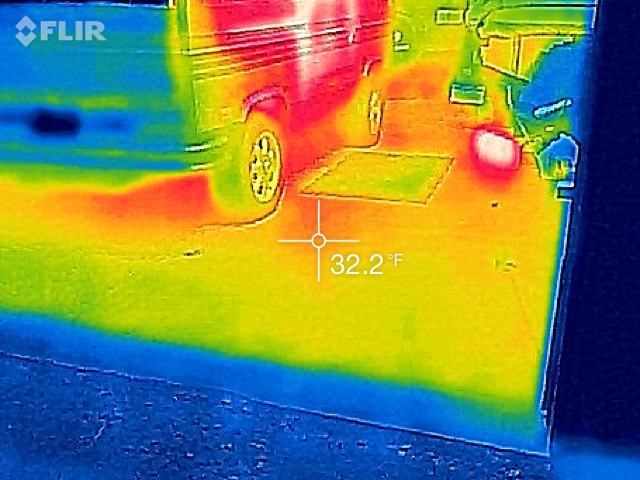
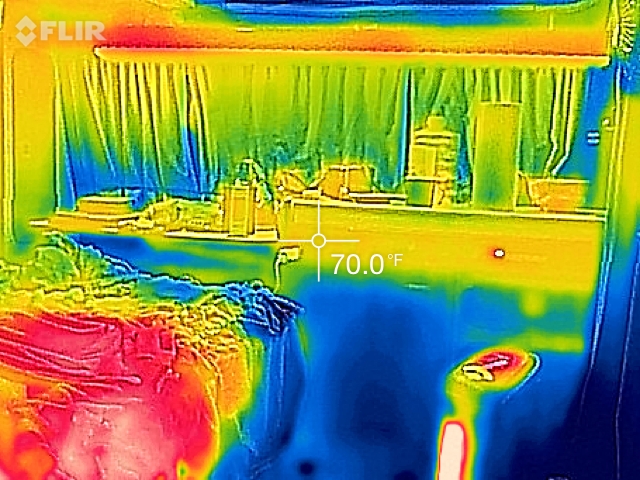


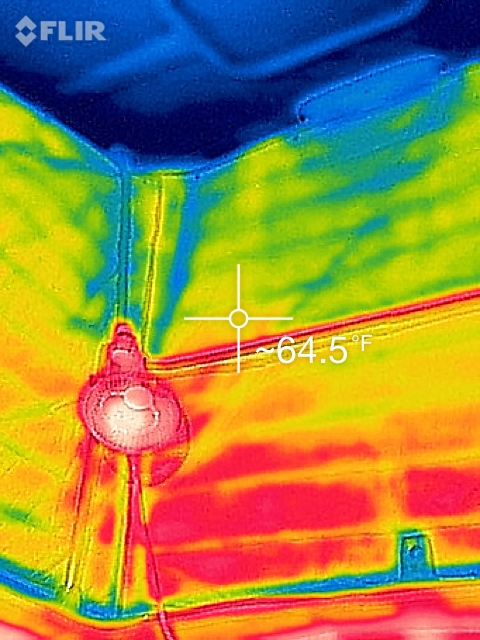
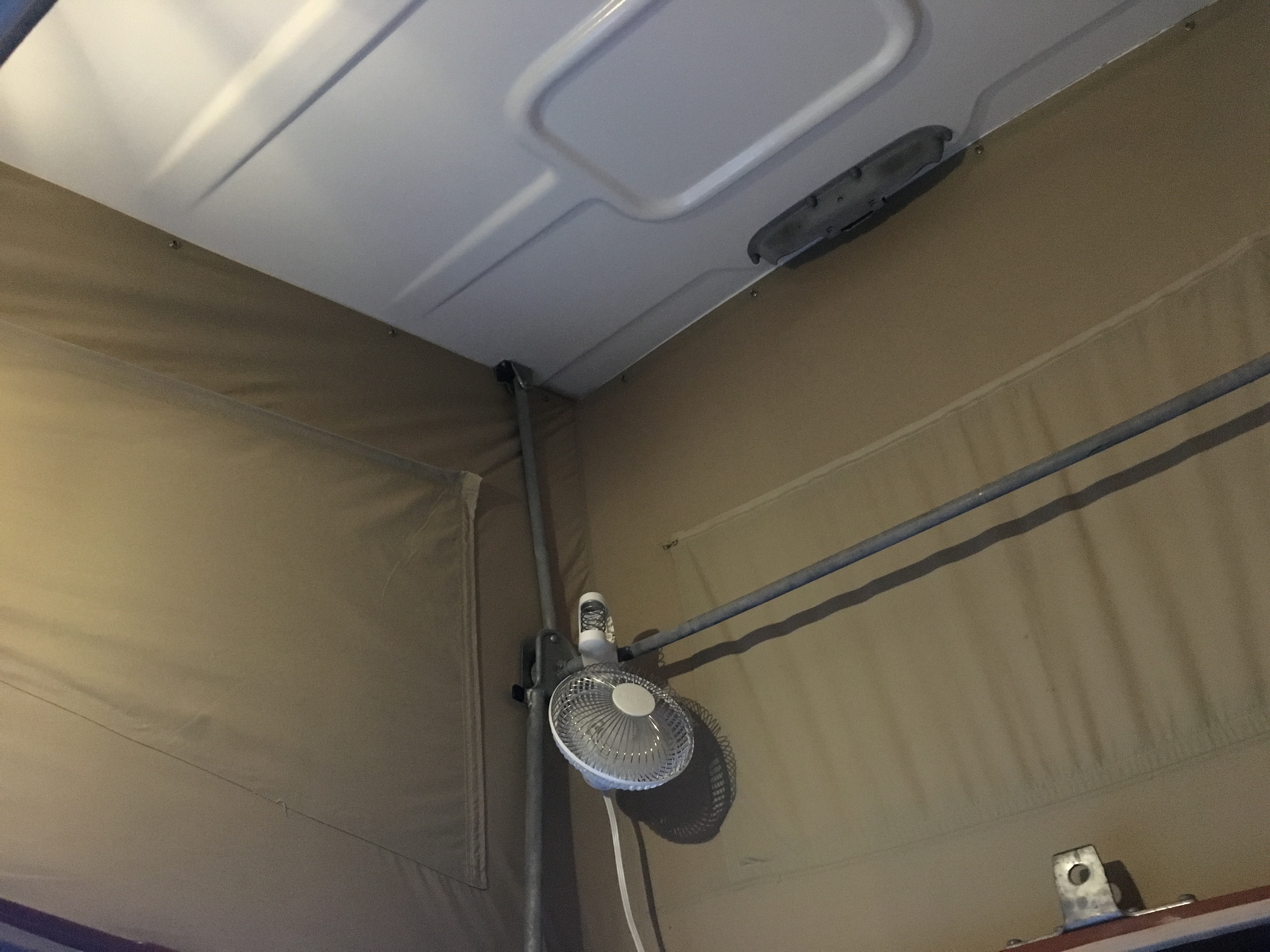
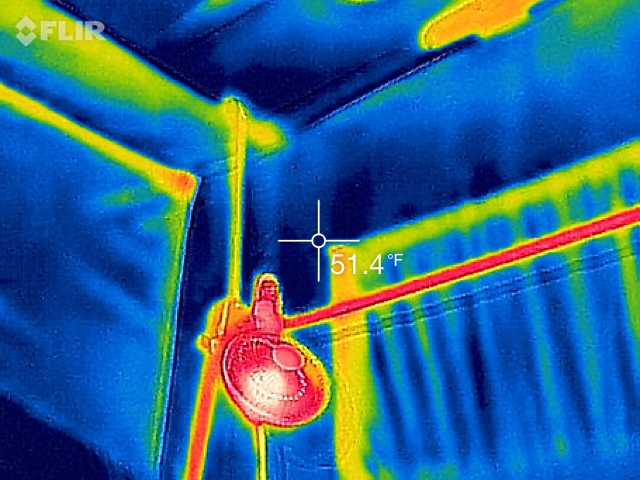

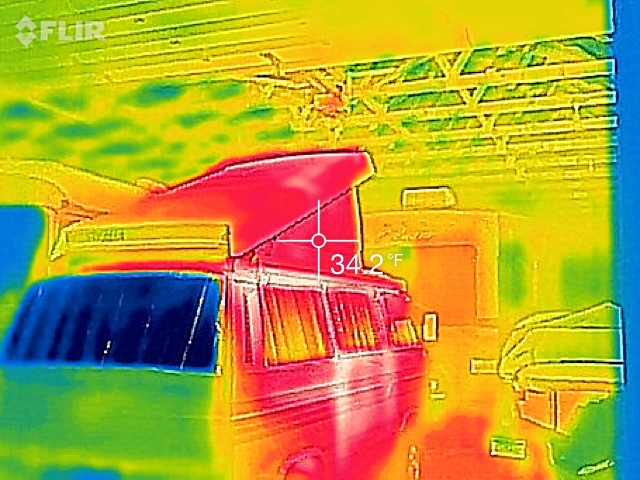

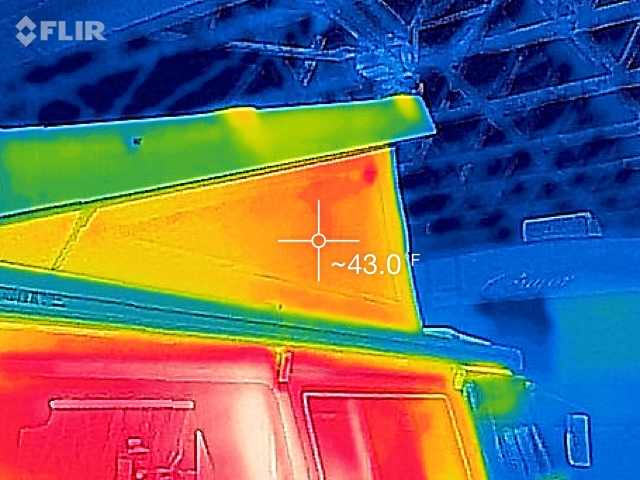
Pingback: VW Vanagon Westfalia Pop-Top – Reducing Heat Loss – Part 2 – Window Glass | VW BLVD – And Other Stuff…
Thanks for this useful information. We are heading out west for a big ski trip. Thinking about springing for the Franchers. Do you have to drill a lot of holes in the pop top to install them?
Thanks! Adam
Hi Adam. Thanks! Yes, you have to drill some holes for the snaps. My thermals came with instructions and a drill bit that Fancher’s marks with a piece of tape so you know exactly how deep to drill. It’s very straight forward.